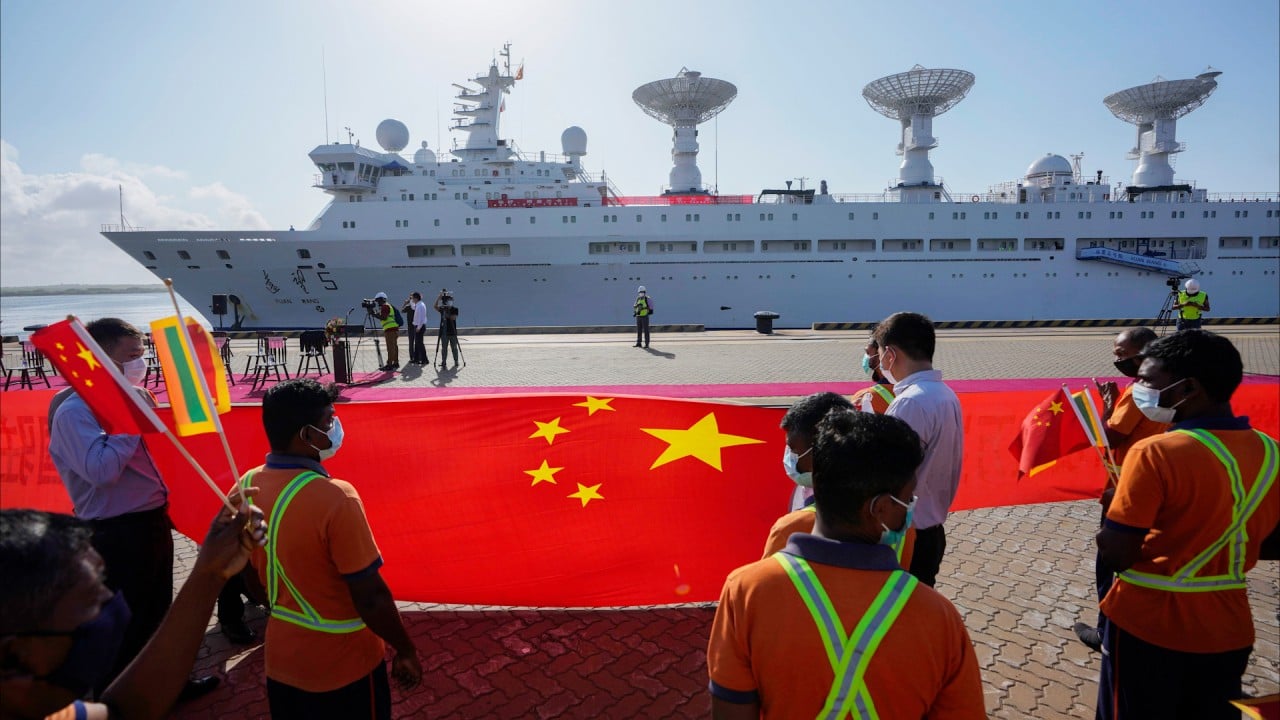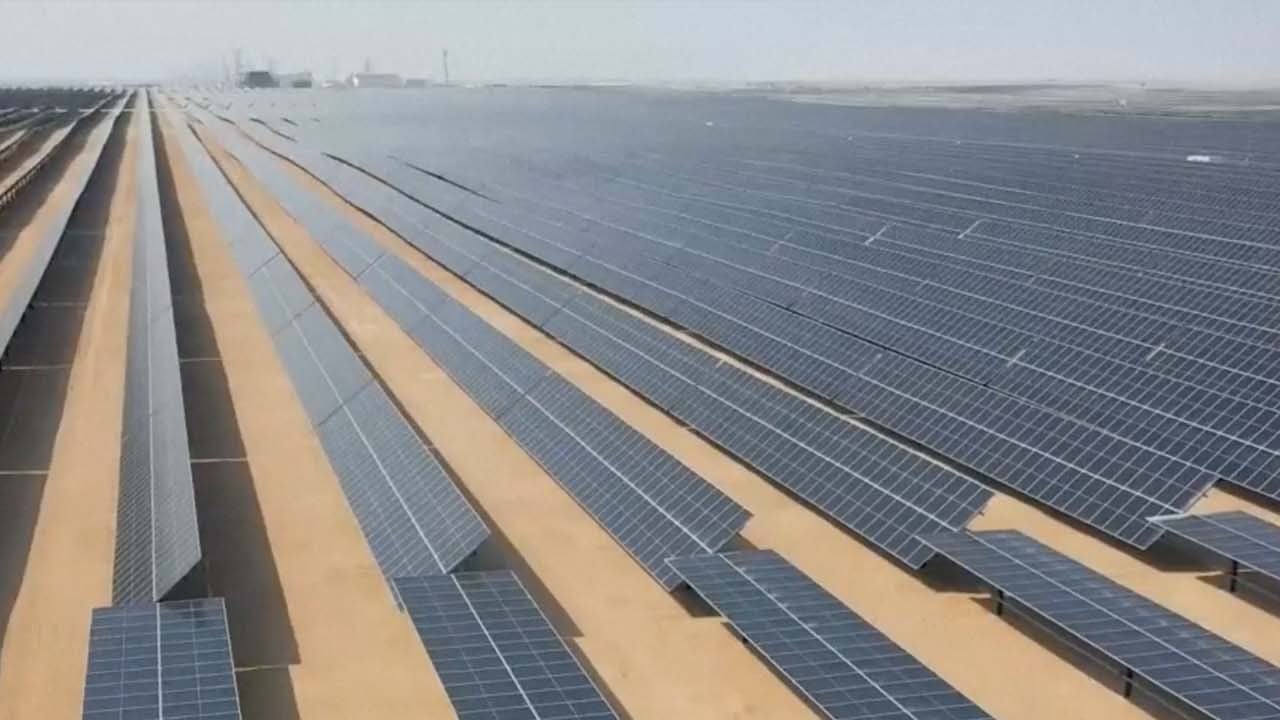China funds clean energy for belt and road partners, fuelling green transition and salving chafed feelings
Despite misfires during previous infrastructure endeavours in Africa, the Middle East and Central Asia, China is now making substantial green energy investments in those regions – and finding eager takers.
Companies are making strides in power generation and crafting solar energy equipment with support from a range of host countries, including Egypt, Mauritius, Qatar and the United Arab Emirates. In dollar terms, last year Chinese-backed projects grew at a singularly speedy clip.
In Africa, China’s work in “alternative” power reached a historic high in 2023 of about US$2.7 billion, said Christoph Nedopil Wang, director of the Australia-based Griffith Asia Institute.
Alternative energy work in the Middle East totalled US$9.48 billion from 2018 through 2023, data from the institute shows. That figure dwarfs the US$2.23 billion spent over the previous decade. Central Asia set its own record last year, with US$1.3 billion of investment from China.
Chinese investors can make money on green energy without alarming host countries with the cost, scale or pollution brought by the mega-projects from the early phases of Beijing’s Belt and Road Initiative, analysts said.
It’s really designed to improve China’s image and present it as a global player
“Chinese companies engaged in renewable energy are typically looking for a solid financial return,” Wang said.
China’s leadership aims to reverse the belt and road’s old reputation, said Jayant Menon, a senior fellow at the ISEAS-Yusof Ishak Institute in Singapore.
“It’s really designed to improve China’s image and present it as a global player, and to address this criticism of how it’s been irresponsible in the past in its dealings with developing countries,” Menon said.
China’s energy engagement last year was already “the greenest in absolute and relative terms” under the belt and road, the Green Finance and Development Centre at Fudan University said in a February research paper.
Countries in Central Asia, the Middle East, and Africa – especially poorer ones – are feeling the heat from climate change, with extreme weather events spurring overhauls in power generation to cut carbon emissions by 45 per cent by 2030 in line with United Nations goals.
Commitment to clean energy is increasing, and China is one of the biggest partners capable of achieving those goals
But China has “harnessed its competitive advantage in policy consistency” and kept capital costs low to lead the world market in solar and wind power exports, the Fairbank Centre for Chinese Studies said in a 2022 study.
High heat and yellow sand in Qatar’s hotter months increase reflectivity at the station site 80km (49.7 miles) from the capital Doha, the Huanqiu.com news website in China reported. The collection of solar energy reflected from the ground raises power generation by 10 to 15 per cent.
Qatar consul general in Hong Kong Ali Saad Al-Hajri said in October the solar station would generate more cooperation with China on renewables.
“That kind of commitment to clean energy is increasing, and China is one of the biggest partners capable of achieving those kinds of goals,” he said.
Solar energy comprises part of China’s US$6 billion in investments in Egypt, said Baher Sheweikhi, the country’s consul general in Hong Kong. The two nations expect to explore renewable hydrogen together as well, he added.
China’s BRI ups green energy focus after vow to stop new coal power units: report
China’s BRI ups green energy focus after vow to stop new coal power units: report
Of the 510 gigawatts (GW) of renewable energy capacity installed in the world last year, China contributed more than half, the official Xinhua News Agency in Beijing said on January 25.
China has “grown into an indispensable force to drive the development of the world’s clean energy”, Xinhua said, quoting a National Energy Administration official. The report points to expanded capacity in wind, photovoltaic and hydroelectric power.
The gain is mainly economic … such investment is finite
In Uzbekistan, photovoltaic panels from China will help power a 1GW project built to use the Central Asian country’s abundant sunshine for 2.4 billion kilowatt hours of clean energy per year, Xinhua said in October. The project is expected to cut carbon emissions by up to 2.4 million tonnes.
And neighbouring Kazakhstan sees green technology as a “promising area of cooperation” with China, the country’s top diplomat in Hong Kong has said.
“The gain is mainly economic” for China, said Zha Daojiong, a Peking University international studies professor. “Such investment is finite. Electricity produced gets to stay in the destination market.”




 Casino Welcome Bonus
Casino Welcome Bonus